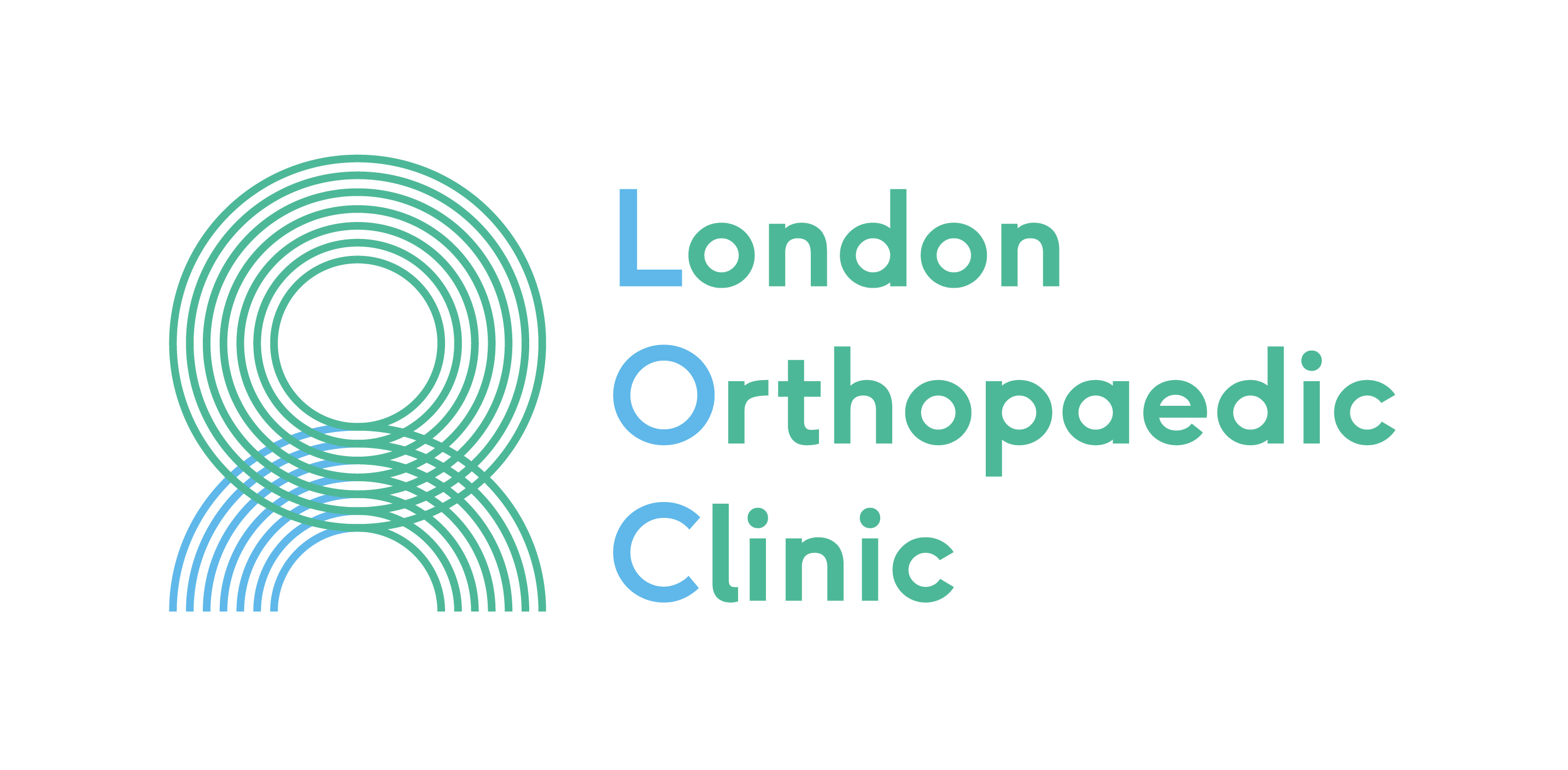Diagnostic Ultrasound
Ultrasound imaging uses sound waves to produce pictures of muscles, tendons, ligaments and joints. It is used to help diagnose sprains, strains, tears and other soft tissue conditions. Ultrasound is safe, painless, non-invasive and does not use radiation. Ultrasound imaging involves the use of an ultrasound probe and water-based gel placed directly on the skin. High-frequency sound waves are transmitted from the probe through the gel and into the body. The probe collects sound waves that bounce back to create an image. Ultrasound images are captured in real time and can show the structure and movement of muscles, tendons and ligaments as well as blood flowing through vessels.
Ultrasound is particularly useful in the diagnosis of the following:
- Tendon tears
- Muscle tears
- Ligament sprains or tears
- Masses or fluid collections in the muscle
- Swelling or fluid (effusions) within the bursae and joints
- Early changes of rheumatoid arthritis
- Nerve entrapments such as carpal tunnel syndrome
You don’t need to do anything to prepare. The area being examined will need to be visible so wearing shorts for lower limb examinations, or a vest top for shoulder or arm exams can make you more comfortable. Otherwise, we are more than happy to provide you with a gown.
What will happen during my ultrasound?
During your ultrasound, you will be positioned sitting or lying on the examination couch, depending on the area being assessed. The Radiologist may ask you to move your limb so they can get the images needed for diagnosis.
A small amount of water-based gel will be applied to your skin. The probe is placed onto the area and moved around until the desired images are captured.
If scanning is performed over an area of tenderness, you may feel pressure or minor pain from the ultrasound probe.
What happens after the ultrasound?
Musculoskeletal ultrasound examinations are usually completed within 5–10 minutes, but may occasionally take longer.
Once the examination is complete the Radiologist may discuss their findings with you. The Radiologist will write a report and send it through to your referring Consultant. Your Consultant will then contact you about a treatment plan and follow up
Who do I contact for more information?
The London Orthopaedic Clinic UK Ltd
Mayo Clinic Healthcare (4th Floor)
15 Portland Place
London W1B 1PT
